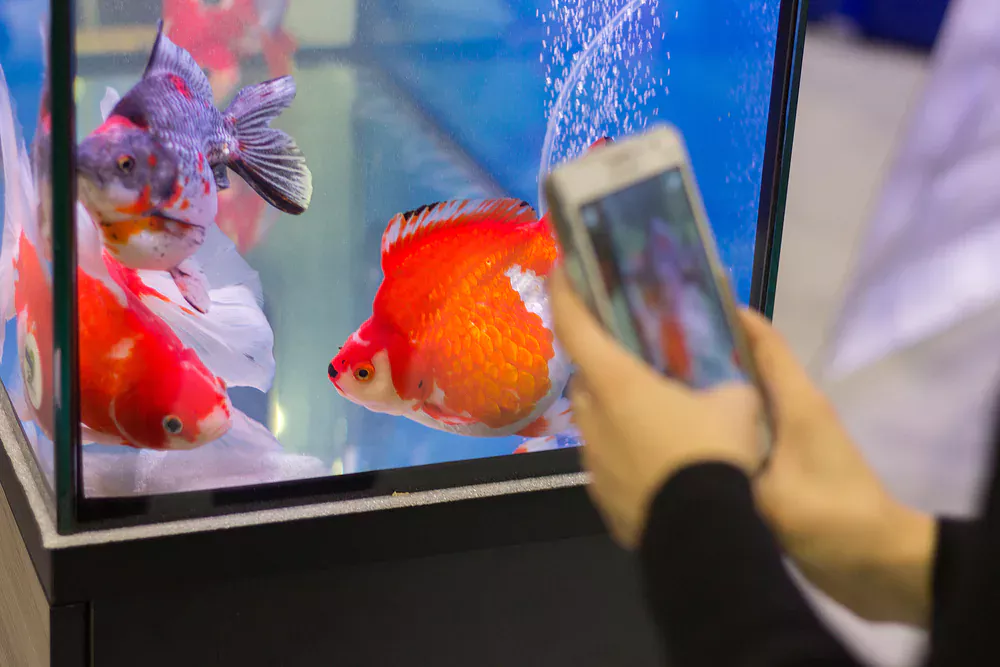How big does goldfish get? and what makes a goldfish get to that size? , these are the questions that we are going to discuss in this article.
Furthermore, We will also discuss the different types of goldfish that are available for ornamental purposes and how big each species can grow. Although, there are many breeds of goldfish and we will get into more details about them later in this article. So grab a mocha latte, sit in your favorite chair and enjoy reading my content.
- 1 How Big Does Goldfish Get?
- 2 What Is The Record For Largest Goldfish?
- 3 What Is The Average Weight Of A Goldfish?
- 4 What Causes Lack Of Growth (Stunting) In Goldfish?
- 5 How To Make My Goldfish Bigger?
- 6 How Long It Takes For a Goldfish to Reach Full Size?
- 7 How Big Does A Goldfish Tank Have To Be?
- 8 How Big Does Comet Goldfish Get?
- 9 How Big Does Granda Goldfish Get?
- 10 How Big Does Fantail Goldfish Get?
- 11 How Big Does A Shubunkin Goldfish Get?
- 12 How Big Does A Feeder Goldfish Get?
- 13 Final Thoughts
How Big Does Goldfish Get?
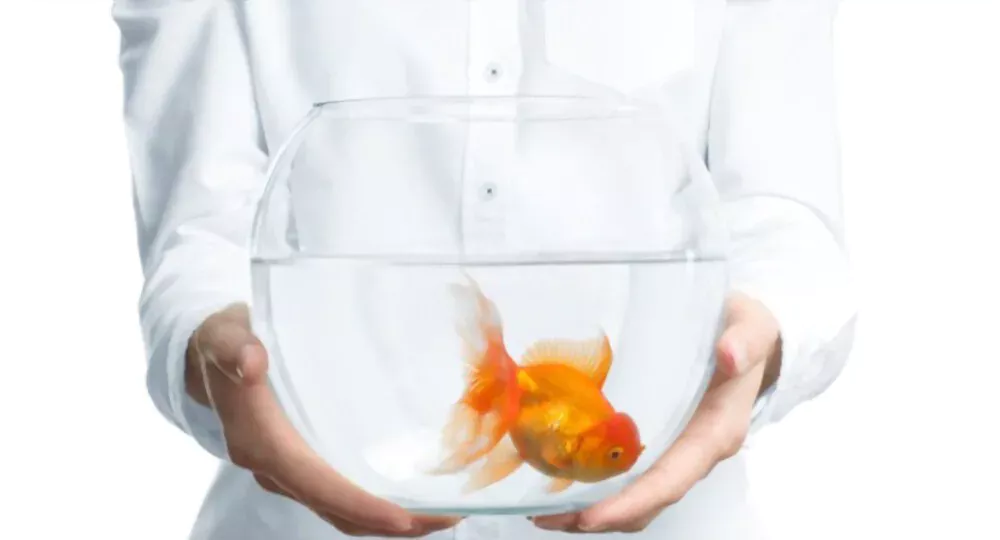
Goldfish can grow very large, but the average adult size of a goldfish is about 6 inches long. You may have seen some larger ones in pet stores and aquariums, but these are usually showing off the size of their tank or pond.
The largest recorded goldfish was over 18 inches long! The wild-caught variety will not get that large because they don’t have access to all the food that we provide our pets with, but they can still get pretty big.
How Big Does Goldfish Get In A Tank?
Goldfish can grow up to 6-10 inches long in a tank and they have been known to live over 10-15 years.
How Big Does Goldfish Get In A Pond?
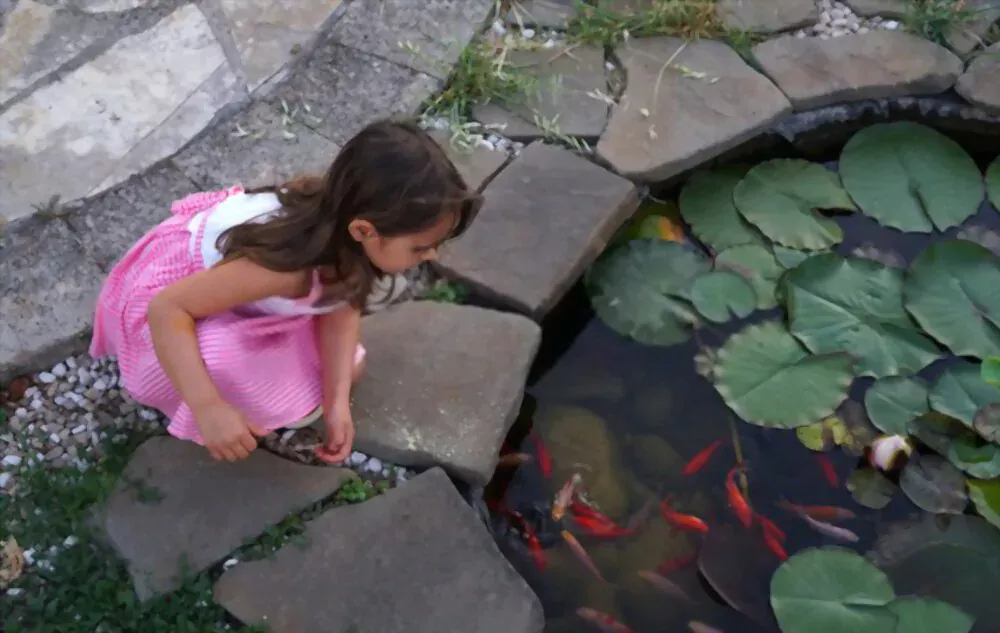
Goldfish can grow up to 4-12 inches long in a pond and they have been known to live over 12-15 years.
How Big Does Goldfish Get In Wild?
In the wild, goldfish can grow up to 6-16 inches long and they tend to live for between 10 and 20 years
What Is The Record For Largest Goldfish?
The record for largest goldfish belongs to a goldfish owned by “Joris Gijsbers” which was confirmed on March 24, 2003. The fish was 18.7 inches (47.4 centimeters) long and weighed about as much as an average adult cat. More details here.
What Is The Average Weight Of A Goldfish?
The average weight of a goldfish is 8 ounces. However, there are many different types of goldfish that vary in size and weight.
What Causes Lack Of Growth (Stunting) In Goldfish?
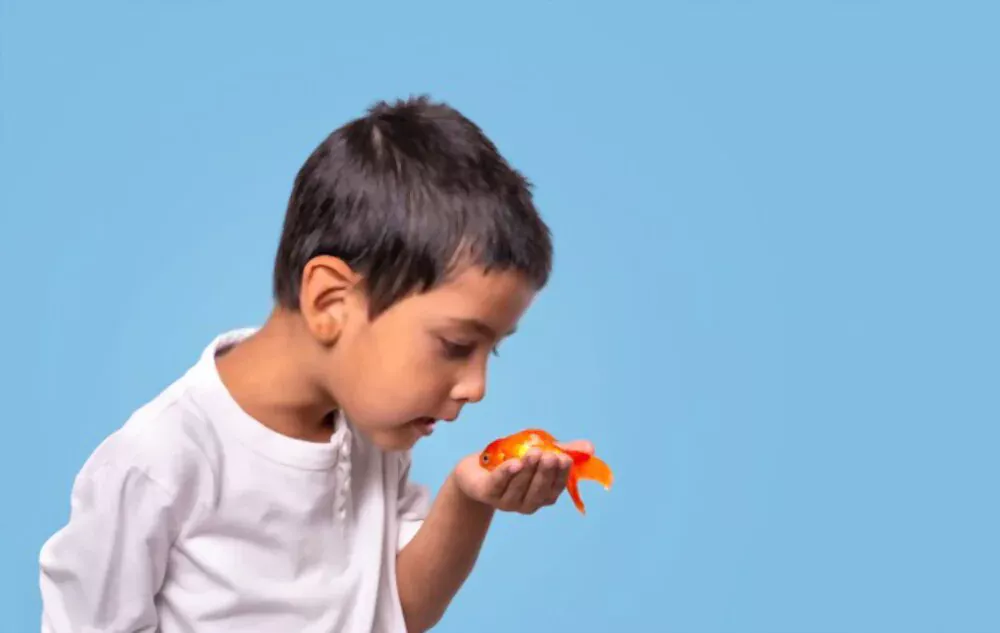
Stunting is a condition where the fish is abnormally small for its age. Stunting can be caused by a variety of factors, including poor nutrition, lack of proper water quality, and inadequate temperature. Here are a few of the factors that can cause stunting in goldfish:
1- Bad Food
This is the most common cause of stunting in goldfish. It’s also one of the easiest to fix. If you have a young goldfish and it stops growing, check its diet first. Young goldfish need to eat three times a day, and they need to be fed small amounts of high-quality food (such as flakes) at each meal.
Once they get bigger, they can go longer between meals and eat less at each one. But if you stop feeding them properly during the critical growth periods in their lives, they won’t grow properly.
2- Poor Water Parameters
The most common cause of stunting (lack of growth) in goldfish is poor water parameters. Goldfish are very sensitive to changes in their environment, and they require a clean, stable environment with proper pH, temperature, and hardness levels. If your water parameters are not optimal for your goldfish, then they will not grow properly or at all.
In addition to stunting (lack of growth), poor water parameters can also cause other health problems such as fin rot, tail rot, and fungus.
3- Overstocking
Overcrowding your aquarium with goldfish will lead to stunting (lack of growth). An overcrowded tank with goldfish will have less dissolved oxygen than one that has fewer goldfish. This can lead to an accumulation of ammonia and nitrite which can damage their gills and cause them to become ill or die prematurely.
If you are new to fishkeeping, it’s important to remember that goldfish are very social animals and prefer living in small groups of two or three. If you have a large tank, you can keep them in pairs or trios; otherwise, they should be kept in groups of six or more.
4- Lack Of Swim Space
Goldfish require a large amount of swimming room to stay healthy and grow at a normal rate. If you don’t provide enough swimming room for your goldfish, it will not grow normally. The best choice is a high-quality 10-gallon aquarium for one goldfish, which gives plenty of swimming room and helps grow better than smaller tanks.
5- Diseases
Goldfish are susceptible to a wide variety of diseases, including parasites and bacterial infections. Which can result in a low growth rate. The most common disease affecting goldfish is ich, which is caused by a parasite called ichthyophthirius multifiliis. Ichthyophthirius multifiliis can be treated with medications that you can buy from your vet or pet store.
Another common disease affecting goldfish is swim bladder disease, which is caused by an internal parasite or bacterial infection. Swim bladder disease can be treated with antibiotics or diuretics (water-conserving medicines).
One more thing to keep in mind is that If your fish has a sudden growth spurt, it may be due to an injury like falling off the tank or being attacked by another fish or animal.
6- Poor Genetics
Goldfish are not a species where you can just throw them in the tank and expect them to grow fast. They need proper care and a good environment to grow properly. If your goldfish has been stunted for a long time, chances are that they are carrying some genetic defects that make it difficult for them to grow properly.
Or because they have been bred to be smaller and more rounded over the years, and now genetically they don’t have the ability to grow bigger.
How To Make My Goldfish Bigger?
There are several things that you should consider if you want your goldfish to grow to its full size. Here are some of the most important things to keep in mind:
1- Give Them A Balanced Diet
If you want your goldfish to grow up big and strong, it’s important to feed them a balanced diet. Here’s what that means:
High-quality foods like frozen bloodworms, tubifex worms, brine shrimp, and other high-protein sinking foods are good for all ages, but especially for baby fish.
Frozen vegetables such as peas or spinach are great for all ages of goldfish and can be fed as a supplement to their main diet of live food or pellets. Baby goldfish tend to eat more veggies than older fish because they need more calcium in their diet.
Adult goldfish should be fed twice a day with approximately one-third of the amount of food that would fill their stomach if they had nothing else to eat but the food in front of them at the moment. This is known as “free choice feeding” giving them enough food so that they don’t have to rely on one type of food.
2- Make Sure They Have Enough Room
A common mistake people make when keeping goldfish is putting them into very small tanks. This can be very stressful for your pet, as it prevents them from being able to swim around freely. If you want your goldfish to grow up healthy and long, it’s important that they have enough room to swim freely and exercise their bodies.
A 10-gallon tank is sufficient for one goldfish, while a 20-gallon tank will be big enough for two or three. If you plan to keep more than one fish, make sure the tank is at least 30 gallons.
3- Regularly Clean The Tank
In addition to making sure your fish are happy and healthy, it’s important to keep your tank clean so that it doesn’t become a breeding ground for disease-causing bacteria or algae growths that could harm your pets. A good rule of thumb is to change out 10 percent of the water every week, meaning if your tank holds 100 gallons of water, you should drain 10 gallons each week and replace it with fresh water from the tap or well-maintained bottled spring water (never use distilled water). You should also clean off any algae growths on rocks or decorations with a soft scrub brush and hot water; this will ensure that nothing blocks the flow of oxygen into your fish’s gills
4- Don’t Overfeed Them
Feeding a goldfish too much can lead to health problems, so make sure you only put as much food in the tank as the fish can eat in five minutes. If they overeat, they’re likely to become constipated, which is painful and can even lead to death. If you notice any of these symptoms, stop feeding them for a few days until their bodies have time to recover.
5- Keep The Water Temperature Consistent
Keep the water temperature consistent. Goldfish can live in a wider range of temperatures than most people realize, but they will grow more slowly and still suffer ill effects if they’re subjected to extreme changes in temperature. Keep the temperature between 68 and 70 degrees Fahrenheit (20 and 21 Celsius) for best results.
6- Provide Them With Enough Oxygen
Make sure there’s enough oxygen in the water. A good filter is essential for maintaining good water quality and keeping the oxygen levels high enough for your fish to breathe easily. Keep an eye on the oxygen level. if it gets too low, your fish won’t be able to breathe properly or grow properly.
7- Be Patient
Goldfish, just like most other fish, grow very slowly. They are also very long-lived and can live for decades if properly cared for. Because of this, it is not uncommon for new goldfish owners to be disappointed when their fish does not grow as quickly as they had hoped. In fact, many people give up on keeping goldfish because their fish never reaches their full adult size.
Be patient! Goldfish do grow slowly and depending on how big you want your fish to be, it may take several years before you see any significant growth in size. If you are looking for a show-quality pond or aquarium specimen that will win prizes at fairs and competitions, then you need to choose a species that grows quickly and select feeder fish accordingly.
How Long It Takes For a Goldfish to Reach Full Size?
The fastest-growing types of goldfish are the Comet and Common Goldfish, which can grow up to 8 inches within their first year of life.
The slowest growing varieties are the Lionhead and Black Moor, which will only reach about 4 inches in length within their first year of life.
How Big Does A Goldfish Tank Have To Be?
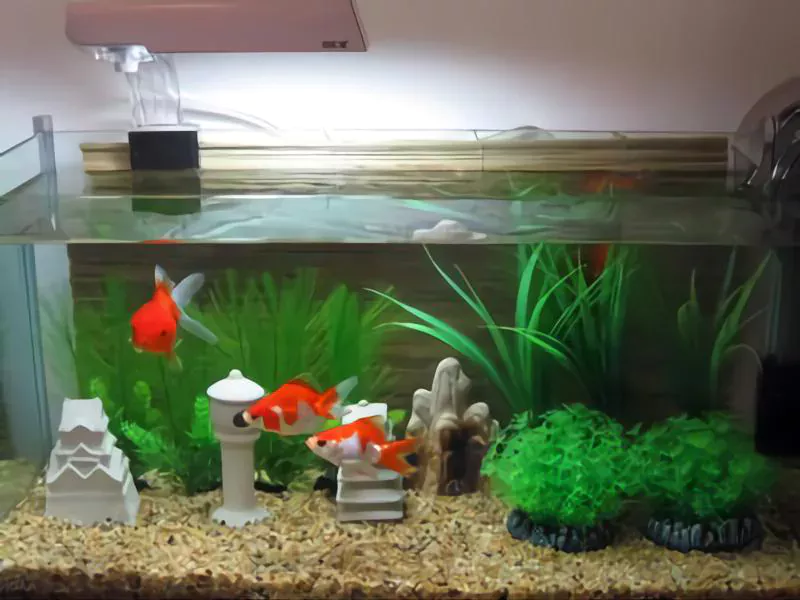
The ideal tank size will depend on how many pet goldfish you want to keep in your aquarium. A common rule of thumb is 1 inch of fish per gallon of water, but this doesn’t always hold true with fancy varieties that may grow much larger than common varieties. The minimum tank size should be 10 gallons, but it’s better to err on the side of caution and go with larger tanks if you have the room (and budget).
How Big Does Comet Goldfish Get?
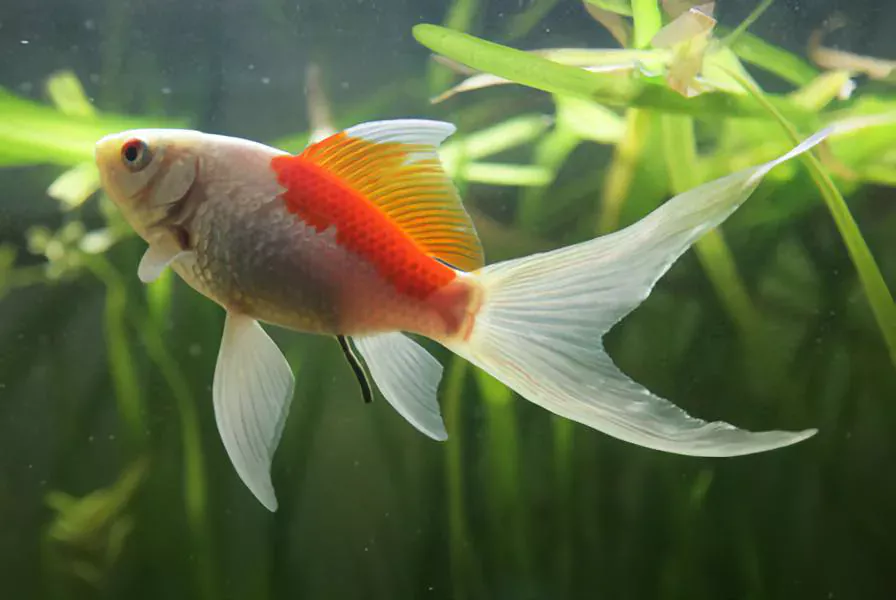
The comet goldfish is a relatively small fish, and will generally only grow to around 4 inches. They are also one of the most common types of goldfish found in aquariums.
How Big Does Granda Goldfish Get?
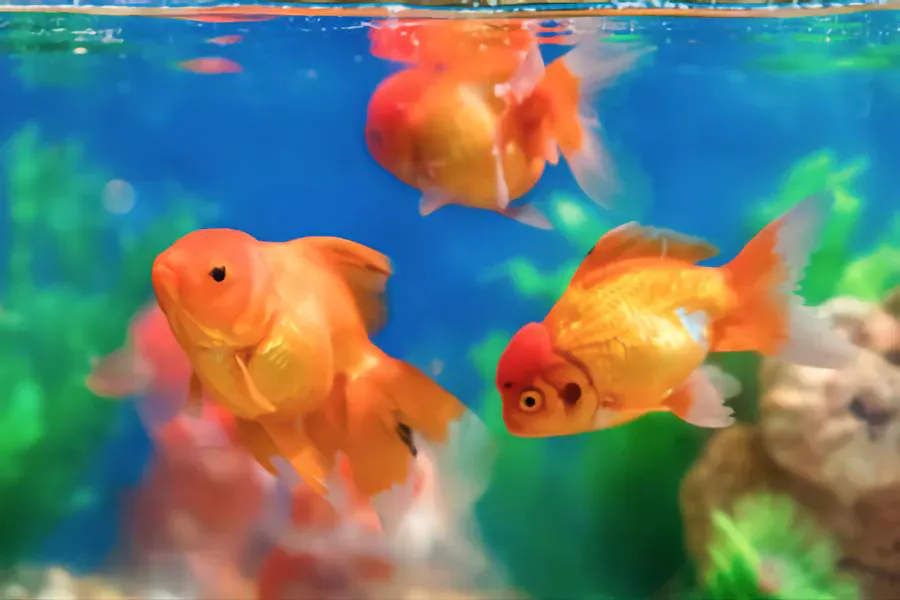
The granda goldfish is another very popular type of goldfish. They are slightly larger than comets, but not by much. They can reach up to 6 inches in some cases, but most will be around 5 inches at their full size.
How Big Does Fantail Goldfish Get?
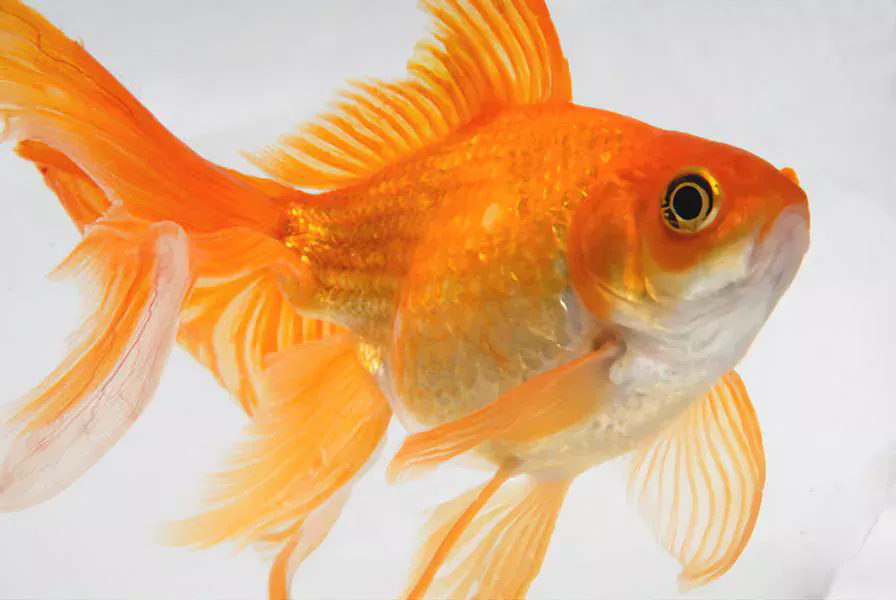
The fantail goldfish is a very unique species of goldfish that has been around for hundreds of years. They have an amazing ability to move their tails to swim backward or forwards, this is what gives them the name “fantail”. The fantail can grow quite large, reaching 9 inches in some cases! However, they are usually around 5-6 inches when fully grown which makes them one of the largest species available today.
How Big Does A Shubunkin Goldfish Get?
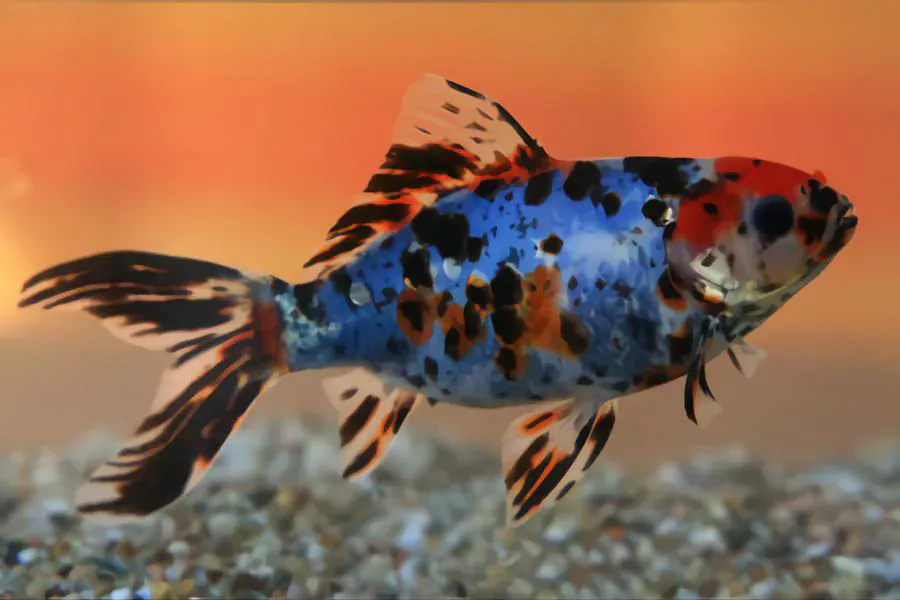
The shubunkin is a medium-sized variety of goldfish that can grow up to 10 inches in length, however, they are more likely to reach around 8-9 inches in length.
How Big Does A Feeder Goldfish Get?
Feeder goldfishes are generally only 1 inch long when they first hatch from their eggs and will only grow 1-2 more inches over their lifespan which means that your feeders will never get any bigger than 2 inches long!
Final Thoughts
So there you have it, I hope you got the answer to the question “How big does goldfish get”. Now you can go back to your aquarium with some useful information about goldfish. The goldfish has managed to stay a popular aquarium fish for decades because of how great they look, and how easy they are to care for.
If you are just getting started out with your first tank, nothing says you can’t keep a goldfish in there as well. I hope this article will help you get accustomed to taking care of your goldfish. Good luck on your adventures in the world of goldfish and happy reading!

